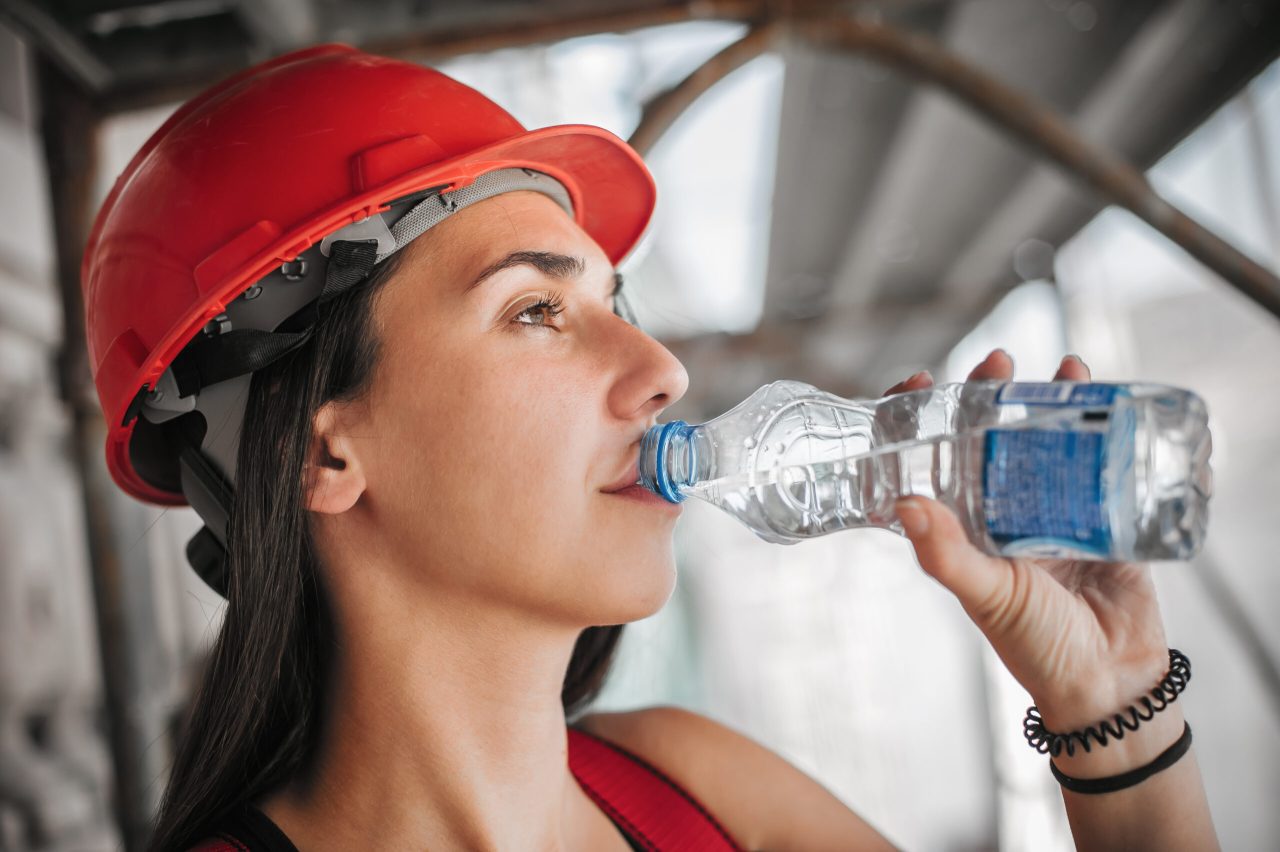Keeping U in Mind: Heat Related Illness

Keeping U in Mind: Heat Related Illness
The Department of Labor Occupational Safety and Health Administration recently announced its national emphasis program to protect workers from heat related injury and illness.
In line with this initiative, OSHA will be conducting inspections to target heat related incidents on the job.
What is the driving force behind this initiative?
“The three-year average of workplace deaths caused by heat has doubled since the early 1990s, Secretary of Labor Marty Walsh said. “Hazards aren’t limited to outdoor occupations, the seasons or geography. From farm workers in California, to construction workers in Texas and warehouse workers in Pennsylvania, heat illness – exacerbated by our climate’s rising temperatures – presents a growing hazard for millions of workers.”
As someone who has directly been impacted by heat before, I can say that this is an issue that should not be taken lightly. Employers should be conducting risk assessments to identify areas where their employees can be at risk of heat related injury, illness or even death.
According to the U.S. Bureau of Labor Statistics, there were 43 work-related deaths due to heat exposure in 2018. Fifty-seven deaths occurred to workers ages 55 to 64 from 2011 to 2019. During that period, 144 workers died from environmental heat exposure while they were engaged in construction, repair, or cleaning, and 54 workers died while conducting materials handling operations.
The Texas Department of Insurance emphasized that employers must give workers a safe workplace free from risks that may cause death or serious harm. That includes providing protection from extreme heat for workers, such as those who, perform physical labor, work in direct sun, work indoors near radiant heat sources, or work in spaces with little airflow.
Ignoring the significance of prevention has led to noticeable increases in worker compensation claims during the summer (high temperature) months.
In addition to implementing the proper risk controls, there are some fundamental methods of protection and prevention employers can use to protect their staff.
Responsible employers should ensure that all employees who may be exposed to heat risk are trained in identifying heat-related symptoms and methods of prevention. Careful thought should be given to how employers can keep from overheating. Some common methods include frequent breaks, having cooling units available and adjusting working shifts.
Sadly, most incidents occur due to poor hydration. Employers must confirm that employees have water readily available.
A common mistake is thinking that sport drinks, coffee and other liquids like soda can replace the need for water. It is common to find that victims of heat illness have relied solely on sports drinks as the main form of hydration. As a rule of thumb, drink three (same size) waters per sport drink.
Nothing replaces water!
For more information on how to adjust your program for the summer months contact a professional risk specialist.
********************************************************
Identifying Heat-Related Illness
During extremely hot and humid weather, your body’s ability to cool itself is challenged. When the body heats too rapidly to cool itself properly, or when too much fluid or salt is lost through dehydration or sweating, body temperature rises and you or someone you care about may experience a heat-related illness.
Heat Cramps
Heat cramps may be the first sign of heat-related illness and may lead to heat exhaustion or stroke.
Symptoms: Painful muscle cramps and spasms usually in legs and abdomen and heavy sweating.
First aid: Apply firm pressure on cramping muscles or gently massage to relieve spasm. Give sips of water unless the person complains of nausea, then stop giving water. Seek immediate medical attention if cramps last longer than one hour.
Heat Exhaustion
Symptoms: heavy sweating, weakness or tiredness, cool, pale, clammy skin; fast, weak pulse, muscle cramps, dizziness, nausea or vomiting, headache, fainting.
First aid: Move person to cooler environment, preferable a well air-conditioned room. Loosen clothing. Apply cool, wet cloths or have person sit in a cool bath. Offer sips of water. If person vomits more than one, seek immediate medical attention.
Heat Stroke
Symptoms: Throbbing headache, confusion, nausea, dizziness, body temperature above 103 degrees Fahrenheit, hot, red dry or damp skin, rapid and strong pulse, fainting and loss of consciousness.
First Aid: Call 911 or get the victim to a hospital immediately. Heat stroke is a severe medical emergency. Delay can be fatal. Move the victim to a cooler, preferably air-conditioned environment. Reduce body temperature with cool cloths or bath. Use fan if heat index temperatures are below the high 90s. A fan can make you hotter at high temperatures. Do NOT give fluids.



